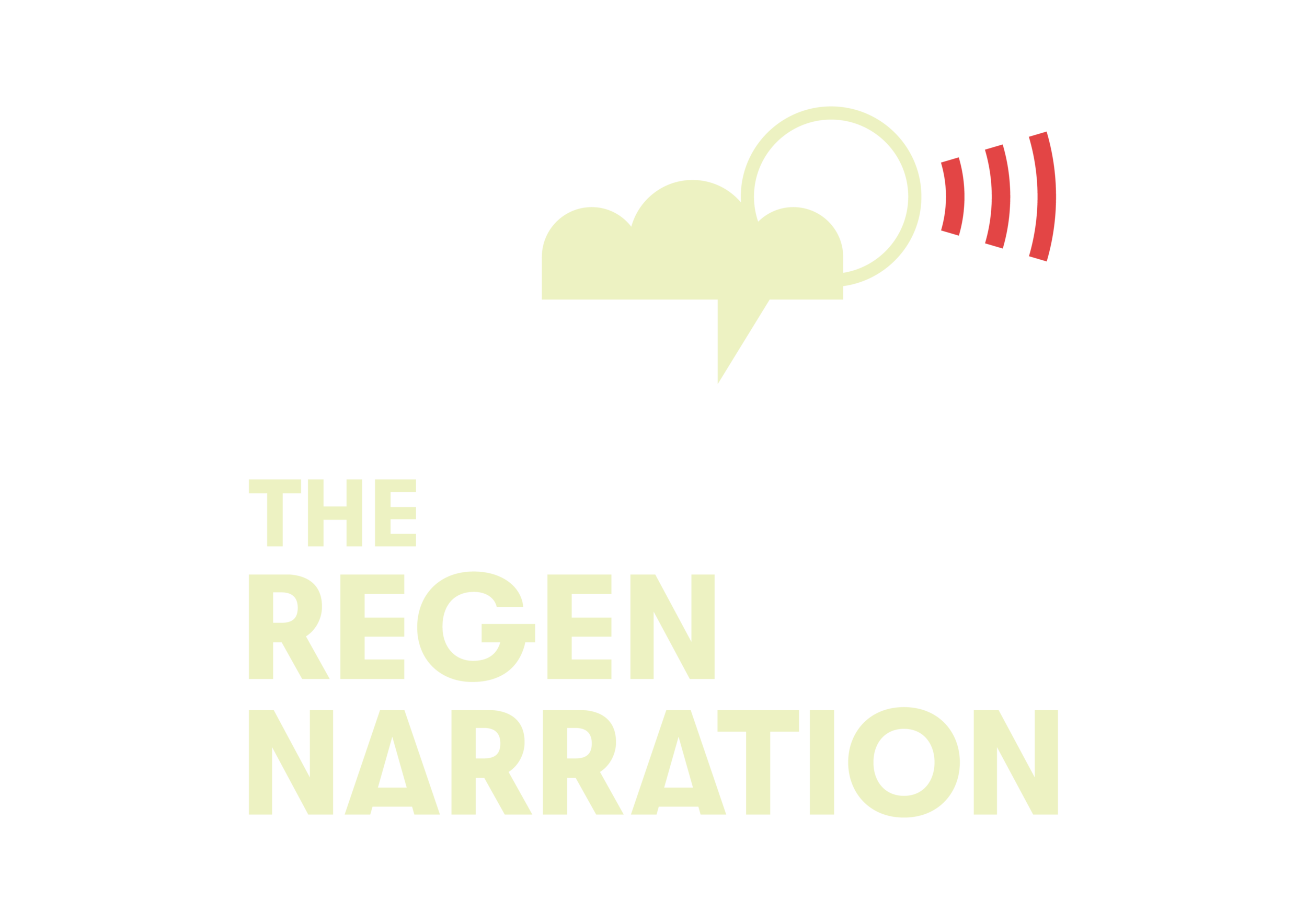254. The Growth & Challenge to Australia’s Community Independents Movement this Election
With Cathy McGowan
Hover over the embedded player above to enable various functions including:
Click on ‘more info’ for show notes and links
Click ‘share' to share the episode, follow the podcast on your favoured app, and support the show
Click on the dot point lines for chapter markers
And head here for a transcript of this and other conversations (please note the transcript is AI generated and imperfect, but hopefully serves to provide greater access to these conversations for those who need or like to read).
Click on the photos below to zoom in, and hover over them to see captions where added.
To see more behind the scenes, become a supporting listener via the link below.
Blog post on this episode (AI generated, AJ touch ups)
Australia is witnessing a remarkable transformation in its political landscape, as the community independents movement continues to gather momentum ahead of the upcoming federal election. What began as a rural experiment in the electorate of Indi has evolved into a nationwide phenomenon that's redefining how democracy functions in the country.
The 2022 federal election marked a watershed moment, with seven new community independents elected to parliament, bringing the cross bench to a total of 16 members. This success wasn't just a fleeting moment – it represented the culmination of years of grassroots organising and community engagement. The major parties saw their combined primary vote decline further, to around 33%, putting them on par with minor parties and independents.
As we approach the May 2025 election, there are now 37 community independent candidates running across the country, representing diverse electorates in every state and territory. What makes this movement particularly fascinating is that it prioritises authentic community representation over political celebrity, big funding, or media attention.
The heart of the community independents movement isn't about high-profile candidates or massive campaign budgets – it's about communities deciding they deserve better representation and taking action to achieve it. These campaigns are engaging citizens of all political persuasions in a way that hasn't been seen for generations, if ever.
One of the most interesting aspects of this movement is how it defies simplistic characterisations. While the 2022 election saw women dominate among newly elected independents, this wasn't by design but rather reflected the reality that many highly qualified women found traditional party structures unwelcoming. As the movement matures, we're seeing more men stepping forward as community candidates, showing that the approach has appeal across gender lines.
The Community Independents Project (CIP) has been instrumental in nurturing this movement, providing a platform for knowledge-sharing and networking among community campaigns nationwide. Unlike Climate 200, which primarily functions as a funding body, CIP focuses on building a national community of practice where experienced campaigners can share their insights with newcomers. This peer-to-peer learning model has proven incredibly effective at spreading campaign knowledge and building capacity.
What's particularly striking about these campaigns is their focus on long-term community building rather than short-term electoral success. While winning elections is certainly a goal, many campaigns view their work as laying foundations for ongoing community engagement and resilience. Some candidates explicitly frame their campaigns as vehicles for strengthening community bonds in preparation for inevitable future challenges like climate disasters.
In parliament, community independents have demonstrated their effectiveness by securing amendments to legislation that benefit their communities. These seemingly small victories can have profound impacts, ensuring that issues affecting rural and regional Australia, for instance, are explicitly addressed in new laws and programs. This approach to representation – focused on practical outcomes rather than ideological battles – resonates strongly with voters who feel neglected by major parties.
As this movement continues to grow, it's challenging traditional media narratives about Australian politics. While mainstream coverage often focuses on personalities and funding sources, the real story lies in how these campaigns are revitalising democratic participation at the grassroots level. People who have never been involved in politics before are stepping forward to volunteer, donate, and engage with issues affecting their communities.
The trajectory of the community independents movement suggests that Australian politics will look very different by 2030. It's already changed how many Australians think about political representation and democratic participation. As Australia’s first female independent MP Cathy McGowan puts it: "What that produces for the country, I actually don't know. All I know is it's for the better."



